For whitetails, and especially mature bucks, food is king. Whether it’s winter when deer are facing cold and snow after a long rutting season, or spring when fawns are dropping and antlers are growing, deer need nutrient-rich food to help their bodies navigate seasonal changes.
Oak tree acorns are about as sought after of a food as it gets for a whitetail, and for good reason. With their carbohydrates and fats, acorns are a perfect calorie bomb for deer looking to build strength. And, acorns’ timing is impeccable: They drop right before the rut, the most stressful time of the year for a deer.
In this article, learn the ins and outs of hunting the acorn drop, including key differences between white oaks vs. red oaks and how acorn availability changes deer patterns.
White Oaks vs. Red Oaks: Appearance
Acorns come in two general varieties: white and red. Below, we summarize key differences in what to look for.
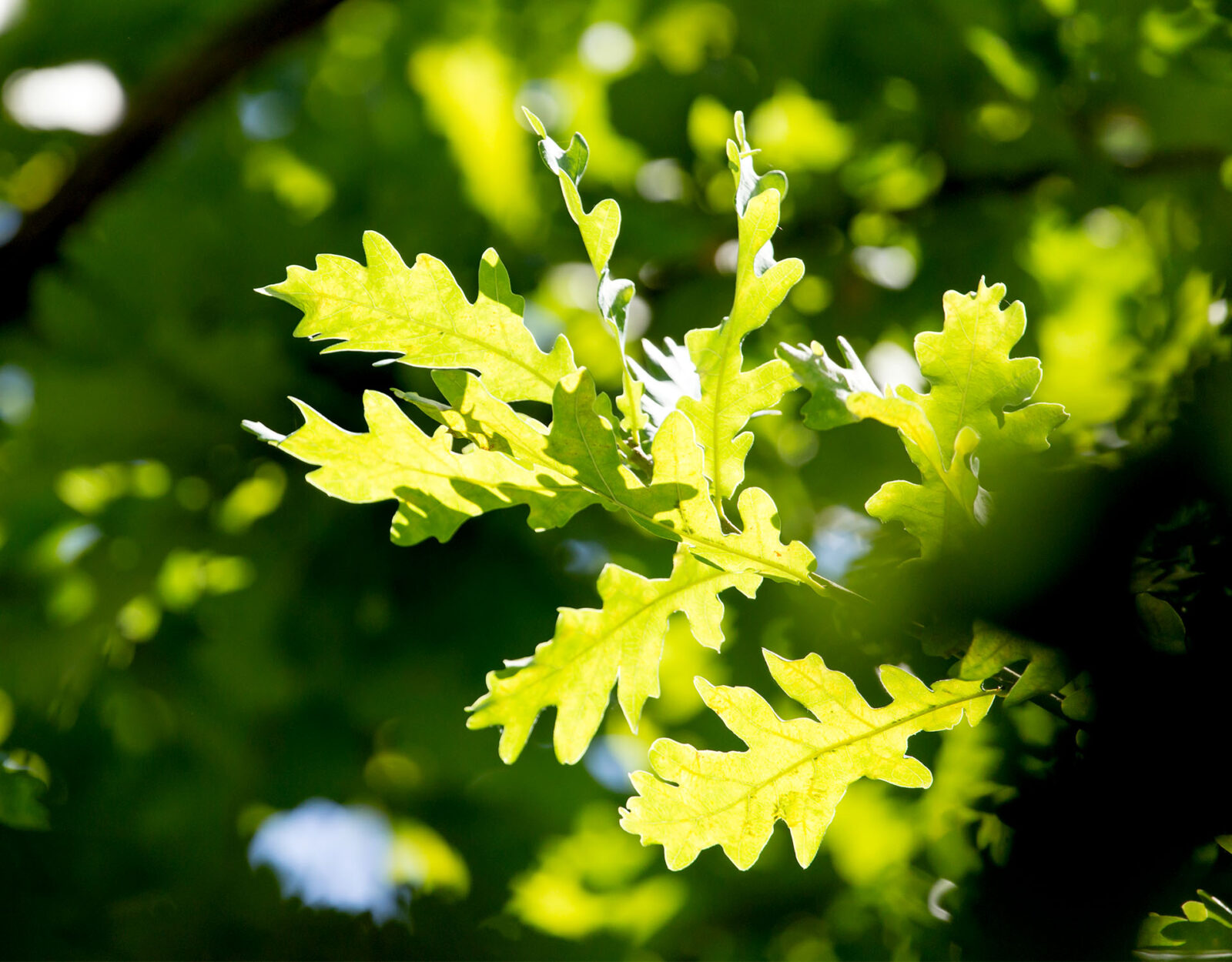
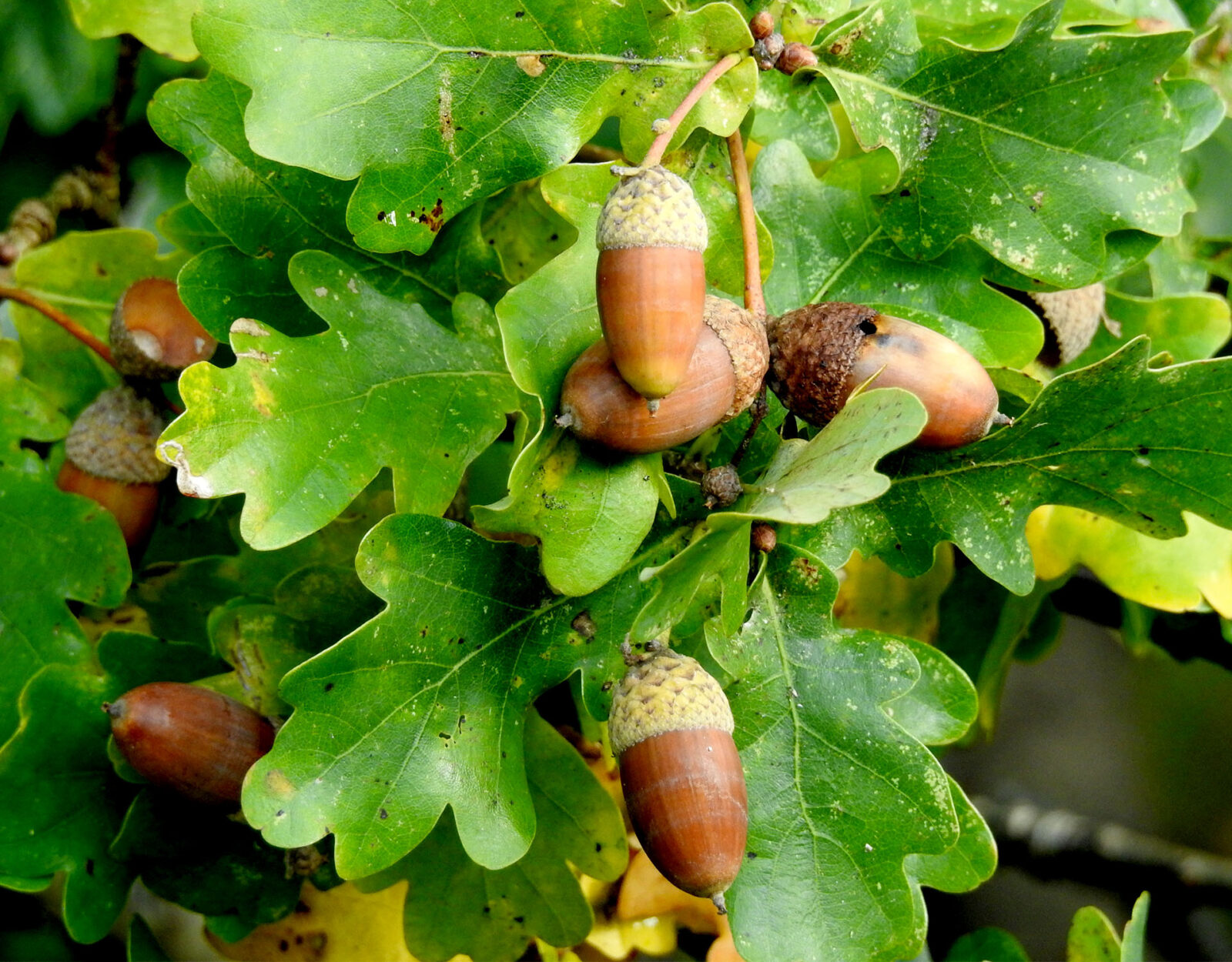
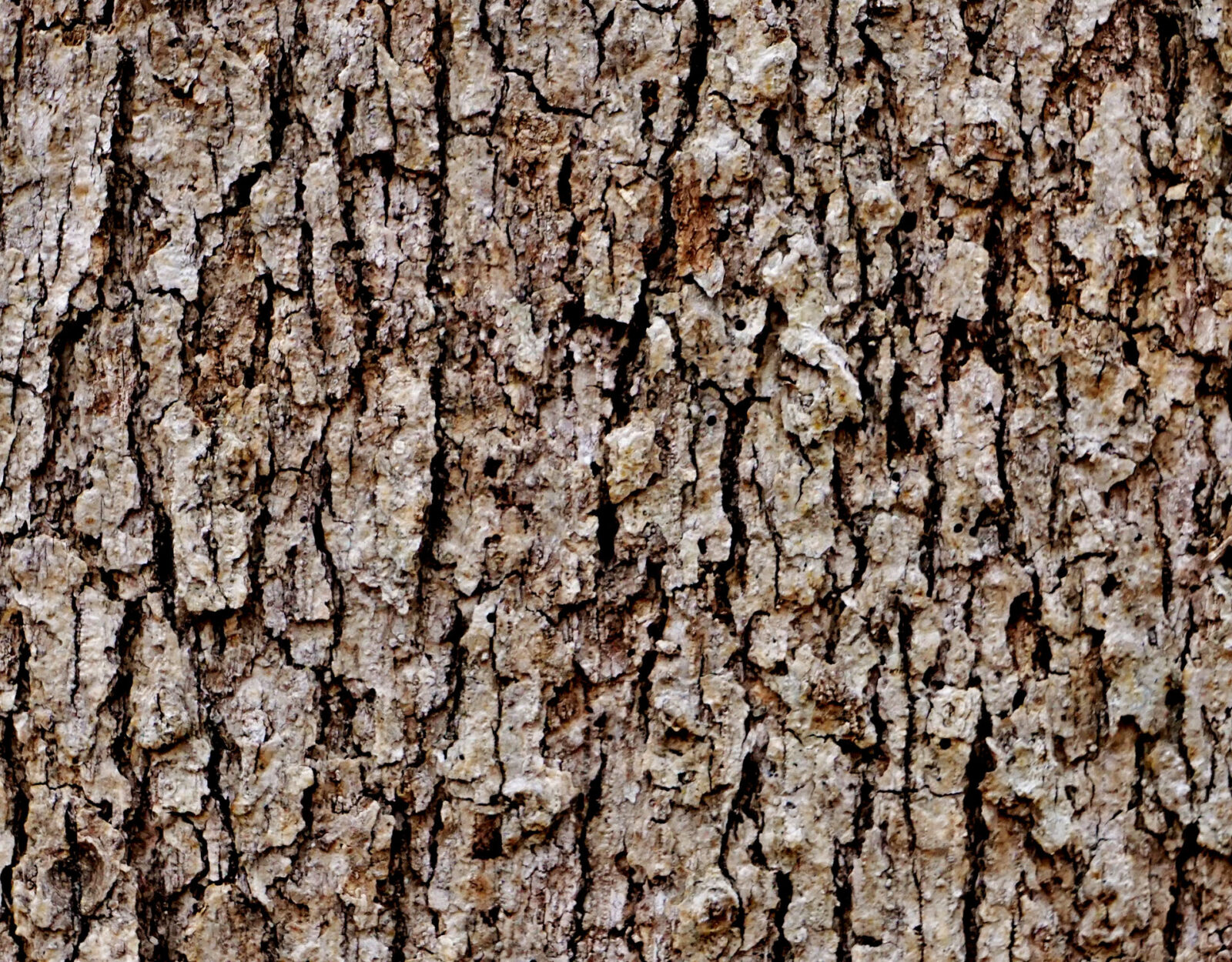
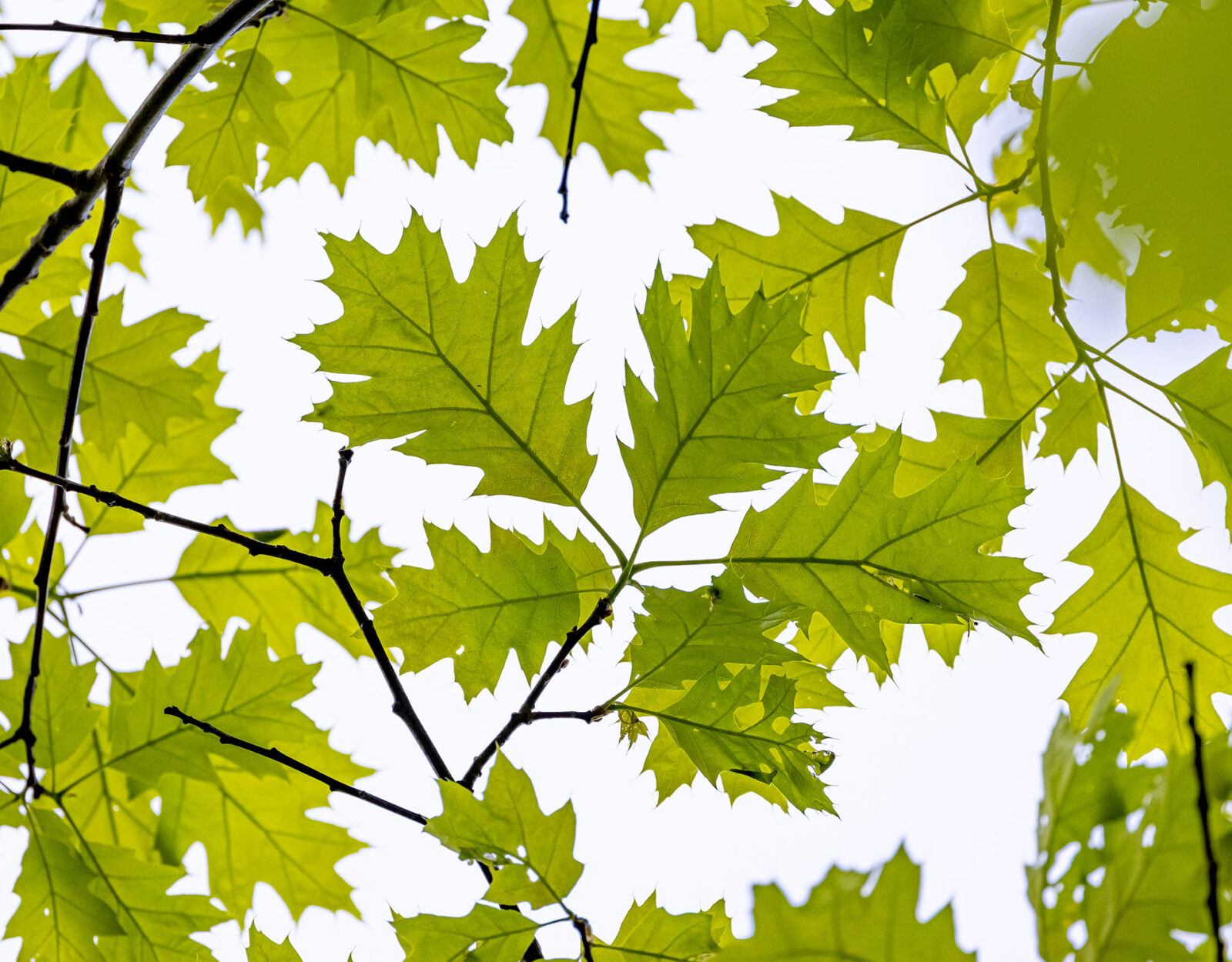
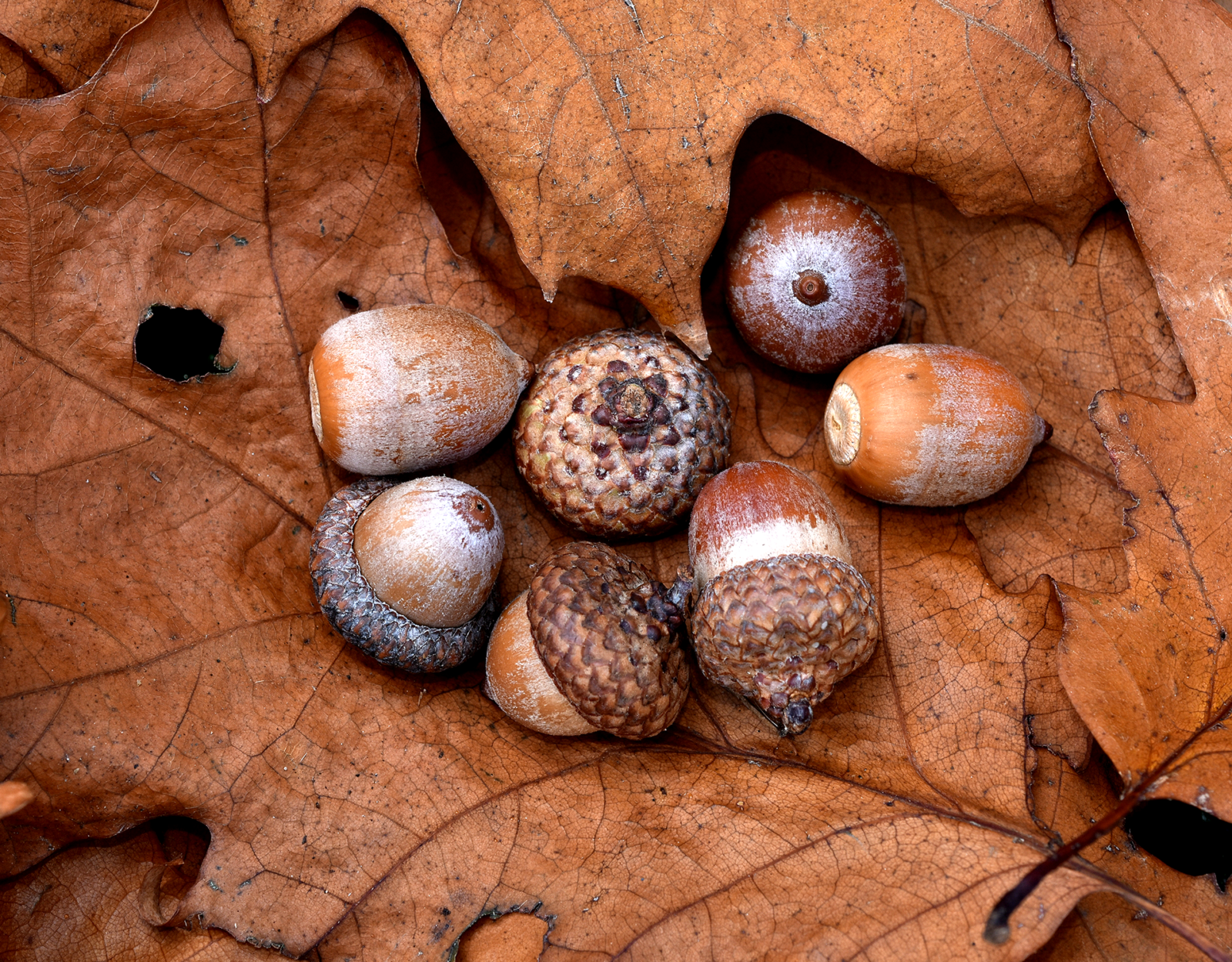
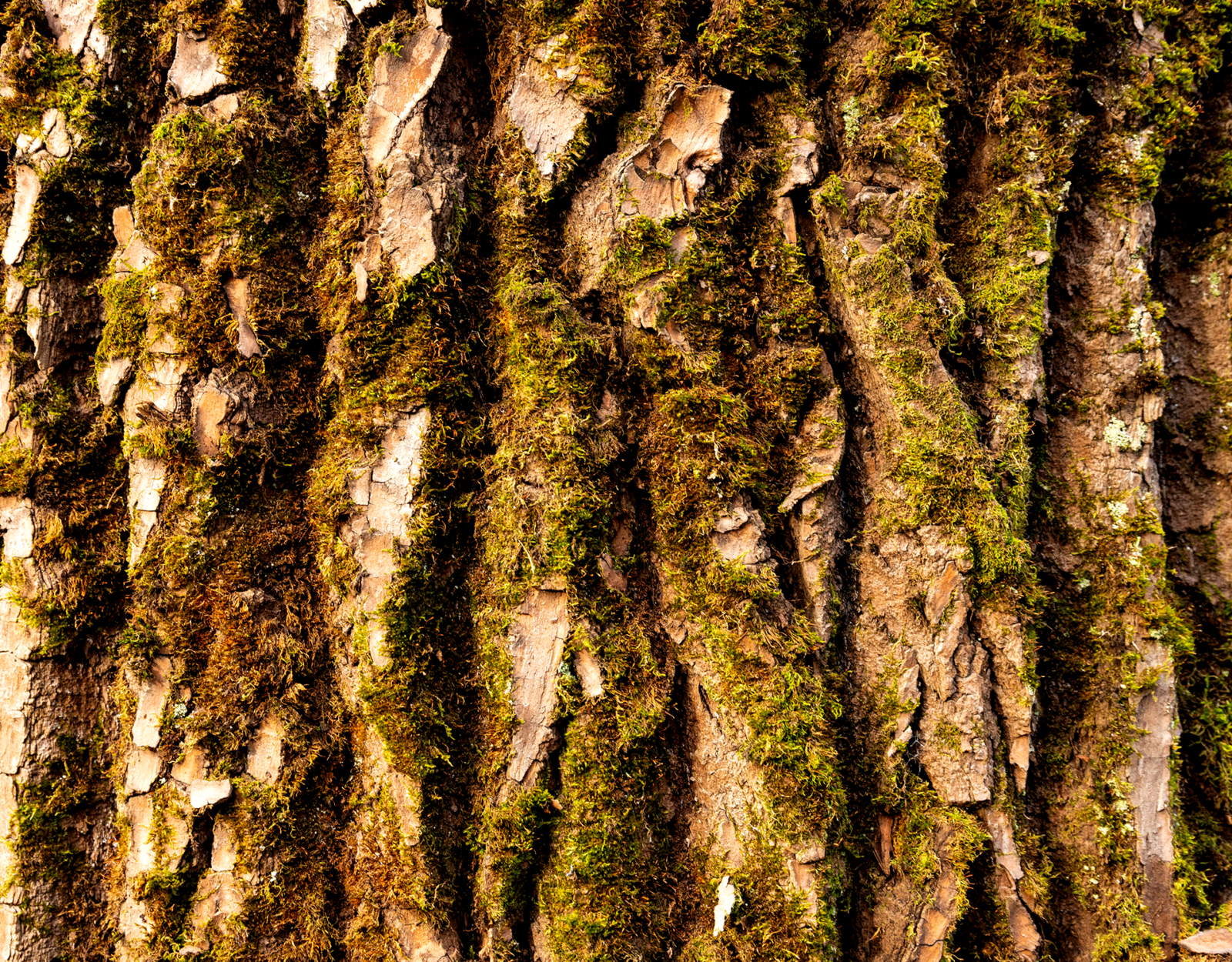
White Oaks vs. Red Oaks: Which Acorn Do Deers Prefer?
Deer prefer white oak acorns because they have lower tannic acid levels, making them sweeter than their red oak counterparts. Deer also get accustomed to white oaks dropping yearly and know exactly where they are located. If you’re in an area with both reds and whites, mirror a deer’s preferences by centering your hunting strategy on white oaks.
Timing the Acorn Drop: When To Hunt
When Do Acorns Drop?
White oak acorns drop every year, typically beginning in late August and early September. Approximately every three years, white oaks experience a “mast year,” where acorn production explodes—it can pay to know when to expect this huge bumper crop.
Red oak acorns drop a few weeks after whites. Reds take 24 months to mature, so you’ll only have this crop every other year.
Approximately every three years, white oaks experience a “mast year,” where acorn production explodes—it can pay to know when to expect this huge bumper crop.
How Long Do Acorns Drop?
The white oak acorn drop happens quickly—so much so that it can sound like these trees are “raining” acorns when they let loose. By mid-winter, white oak acorns will be gone, or if left on the ground, they will be rotting or starting the germination process. Identify and hunt white oaks as soon as you can; they don’t and won’t last long.
Red oak acorns drop slower and longer, making them more readily available into the late season.
How the Acorn Drop Affects Deer Feeding Patterns
Typically, in agricultural country, ag fields are a deer’s most sought-after food choice. But, for a few weeks each fall, acorns take priority. White oak acorns will be treated as candy and deer will take advantage of their drop immediately. This can alter “normal” deer patterns drastically.
You’ll want to have acorn-producing trees marked (using the Trees, Crops, and Soil Map Layers in onX) so you can capitalize on the white oak acorn drop. Then, in the late season, turn your sights to red oak trees as deer will begin looking for these once all the white acorns are gone.

Use the Acorn-Producing Oaks Map Layer to capitalize on the white oak acorn drop. In the late season, turn your sights to red oak trees.
Where To Hunt: Using the Acorn-Producing Oak Map Layer
Let’s say you just gained permission to hunt private land and have no knowledge of the property. Turn on the Acorn-Producing Oaks Map Layer to see what kind of oaks are around. This will give you a great starting point to look for deer sign—where you see oaks, you will see deer.
The Acorn-Producing Oaks Map Layer is also beneficial in farm or ag country. Typically, ag fields are king once beans and corn start coming off, but deer know that acorns, especially white oaks, will only be available for so long. So, if you’re focusing on ag fields, but notice a distinct drop in deer movement and sightings, chances are oaks are dropping and that’s where the deer have gone. Use the Acorn-Producing Oaks Map Layer to get back in the game.
Take a tour through onX Hunt’s tree-specific Map Layers in the below video:
If you’re focusing on ag fields, but notice a drop in deer movement, chances are oaks are dropping and that’s where the deer have gone.
Other Acorn Mast Resources
Looking for more information on the acorn drop in your area? Many state departments release a “mast survey report” each year. Search for your state’s report for local insights.
Closing Thoughts
Deer crave acorns and can only get them where they are available. If you have oaks that will be producing acorns, you can bet your hard-earned dollar that deer will be there—and so should you.
Find Acorns, Find Whitetails
Access hunting insights, mapping tools, and more with onX Hunt.